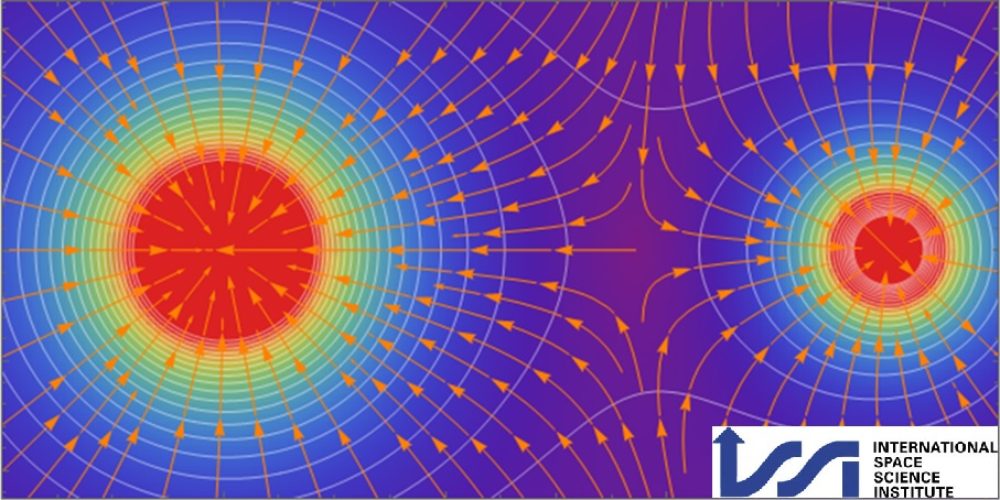Dusty plasma, widely spread in cosmic space, has been under the spotlight of the space science community for the past few decades as it underpins a wide range of fundamental problems and causes some unresolved practical concerns. In the first lunar missions, it was found that dust from the Moon surface sticks readily to spacesuits and spacecraft surfaces due to electrostatic adhesion. Dust adhered to a spacesuit is brought inside a lunar module exposing astronauts to inhaling airborne micro- and nano-particles of lunar regolith. Dust adsorbed to a spacecraft increases absorption of solar radiation, which causes overheating of the equipment.
Nano-metre size particles are typically very difficult to detect by standard methods of observation but one of the most relevant properties of lunar dust is its ability to acquire electric charge due to interaction with solar irradiation, solar wind, and earth magnetosphere. Charged micro- and nano-particles, along with the electron and ion environments, form a plasma dust system over the Moon surface. Physical processes, by which particles with a wide range of sizes and composition become electrically charged, have not been yet fully understood.
Electrostatic Manipulation of Nano-Scale Objects of Lunar Regolith
ISSI Team led by Elena Besley (UK)
